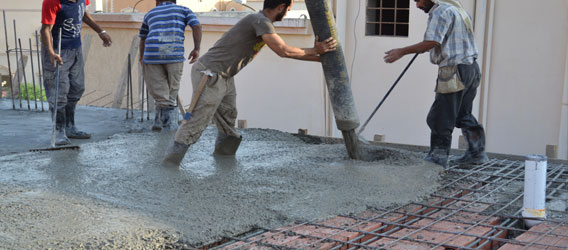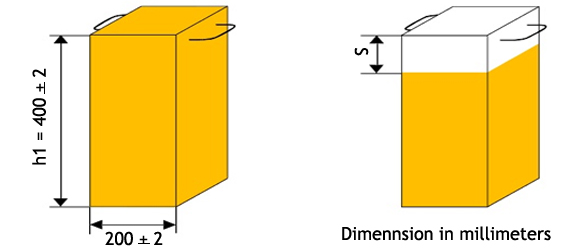Concrete is the most widely used man made construction material in the world, and is second only water as the most utilized substance on planet. It is obtained by mixing cementitious materials, water and aggregates (and sometimes admixtures) in required proportions. The mixture when placed in forms and allowed to cure, hardens into a rock-like mass know as concrete. The hardening is caused by chemical reaction between water and cement and it continues for a long time, and consequently concrete grows stronger with age. The hardened concrete may also be considered as an artificial stone in which the voids of larger particles (coarse aggregate) are filled by the smaller particles ( fine aggregate) and the voids of fine aggregate are filled with cement. In a concrete mix the cementitious material and water form a paste called cement-water paste which in addition to filling the voids of fine aggregates , coast the surface of fine and coarse aggregates and binds them together as it cures, thereby cementing the particles of the aggregates together in a compact mass.
The strength, durability and other characteristics of concrete depend upon the properties of its ingredients, on proportion of mix, the method of compaction and other control during placing, compaction and curing. The popularity of concrete is due to the fact that from the common ingredients, it is possible to tailor the properties of concrete to meet demands of any particular situation. The advance in concrete technology have paved the way to make the best use of local availability materials by judicious mix proportioning and proper workmanship, so as the produce concrete satisfying performance requirement.
The key to producing a strong , durable and uniform concrete, i.e. high performance concrete lies in the careful control of its basic and process components .


